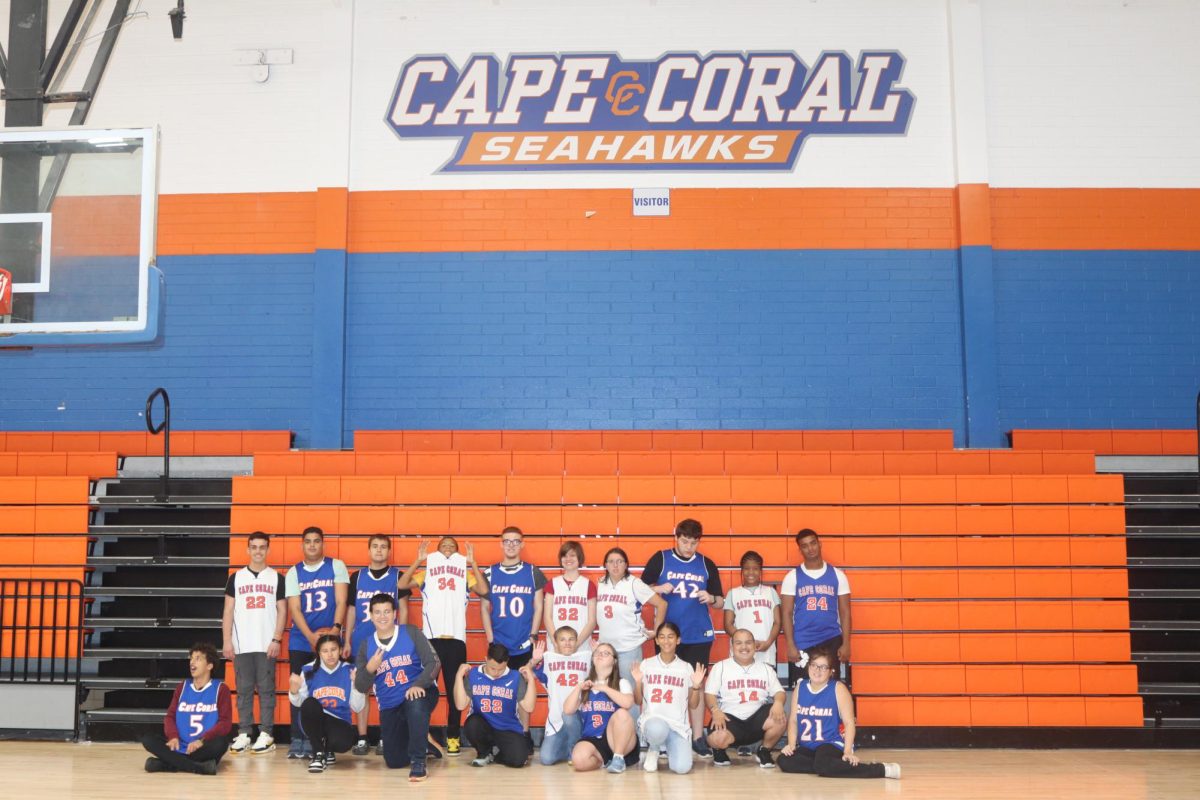As seniors eagerly begin to open college acceptance letters, some with excitement and others with disappointment, juniors begin the perilous journey into college admissions. With so many factors going to a college, acceptances like extracurriculars, personal essays, standardized testing, and teacher recommendations.
Out of all of these factors, standardized testing is often the most difficult to achieve and controversial to a certain sense. Tests like the SAT and ACT, which tests subjects like english, math, language arts, and even science, are used to test “college success.” The SAT has been used as a college acceptance exam since 1926 and the ACT since 1959.
Although some view these exams as the most “fair” way to evaluate a student’s performance in college and beyond, there are other factors that play into SAT and ACT scores.
According to the Harvard Gazette, a study done by a Harvard research team found that, the “children of the wealthiest one percent of Americans were 13 times likelier than the children of low-income families to score 1300 or higher on SAT/ACT tests.”
While there is a certain objectivity, standardized testing still provides obstacles for low income students. Many schools offered to be test optional, however the reprieve was brief with most top colleges requiring testing once again.
Meanwhile personal essays and teacher recommendations offer a holistic view of a person through the college admissions process. These allow for college admission officers to gain insight into an applicant’s personality and enriching qualities that separate them from the rest.
Ultimately, extracurricular activities and other awards demonstrate how well-rounded a student is and their ability to dedicate themselves to other pursuits. Students who participate in sports and clubs related to their careers prove that they are capable of succeeding in a college setting.
Beyond that, there were several other components that played a major factor into a college acceptance or rejection: race, socioeconomic status, personal stories, and more.
However, after the supreme court’s decision in 2023, affirmative action was overturned and deemed unconstitutional. Affirmative action was a standard which ensured that colleges and universities were properly integrated with minority groups represented.
Most colleges also vow to be need blind , meaning they do not take into account an applicant’s economic status when making a decision. Now college applications are both need blind and race blind, however, legacy admissions continue being a factor in admissions.
Legacy admissions give students with familiar ties to alumni a greater advantage and have become increasingly controversial. Although some major universities like MIT and John Hopkins don’t have legacy admissions, other top schools like Harvard and Princeton do.
Legacy admissions give students who may otherwise not have been accepted a great chance at entry into top colleges and they’re oftentimes seen as an insult to applicants who are more qualified yet rejected.
In recent years, states like California have attempted to introduce bills to limit legacy admissions. Meanwhile, some Ivy League universities like Yale have strongly opposed the enactment of certain bills to limit legacy admissions.
















